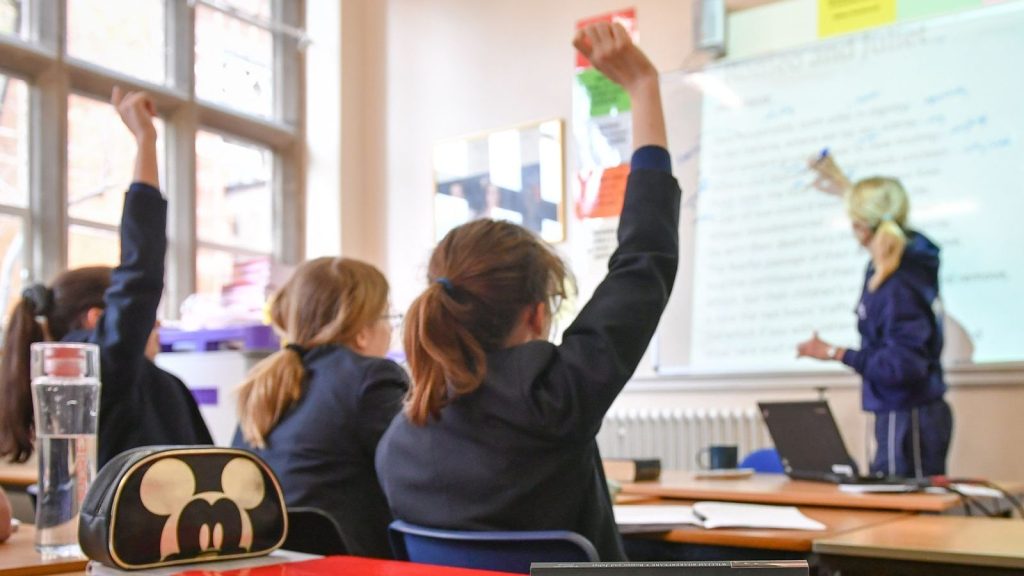The government has introduced a new grading system for schools, sparking criticism from teaching unions.
The traditional one or two-word assessments used in England – such as “good”, “outstanding”, “requires improvement”, or “inadequate” – have been replaced.
Education Secretary Bridget Phillipson outlined the new system, which will assess schools in nine different areas including leadership, behavior, achievement, attendance, and safeguarding.
Schools will now receive one of five grades ranging from “exemplary” to “causing concern”, along with a red, amber, or green traffic light rating.
Latest in politics: No 10 claims Starmer trusts Trump
New regional teams, with a budget of up to £100,000 per school, will support “stuck schools” that consistently fall into the lowest categories.
The debate is divided between those who believe this will create anxiety for teachers and be too complicated, and ministers who argue that parents deserve more comprehensive information.
The headteachers’ union ASCL expressed concerns that the new report cards may be more negative than single-word judgments.
One education leader likened the color codes to a spice chart at Nando’s, stating, “It’s still lemon and herbs, extra hot”, suggesting that evaluating more areas could increase anxiety among school leaders.
In response to critics, the education secretary defended the new system, emphasizing the importance of providing detailed information for parents.
Learn more:
What the new Ofsted report card could look like
Children experiencing alternative schooling
Parents advocating for stricter mobile measures
The overhaul of the system follows years of criticism of Ofsted and the tragic death of Ruth Perry, a headteacher at Caversham Primary in Reading, who died by suicide two months after her school’s rating was downgraded.
Her sister, Professor Julia Waters, criticized the new proposals as a repetition of the old system.
Phillipson expressed concern that England’s schools, with 90% rated good or outstanding as a major achievement of the previous Conservative government, may now face challenges.
She noted that the “good” rating, applied to schools both in the top and bottom 1% of achievements, may not provide a complete picture.
Inspectors will now need to make more nuanced and regular assessments.
A trial period over the next three months will determine whether parents find it easier to make decisions for their children and have good options to choose from.



